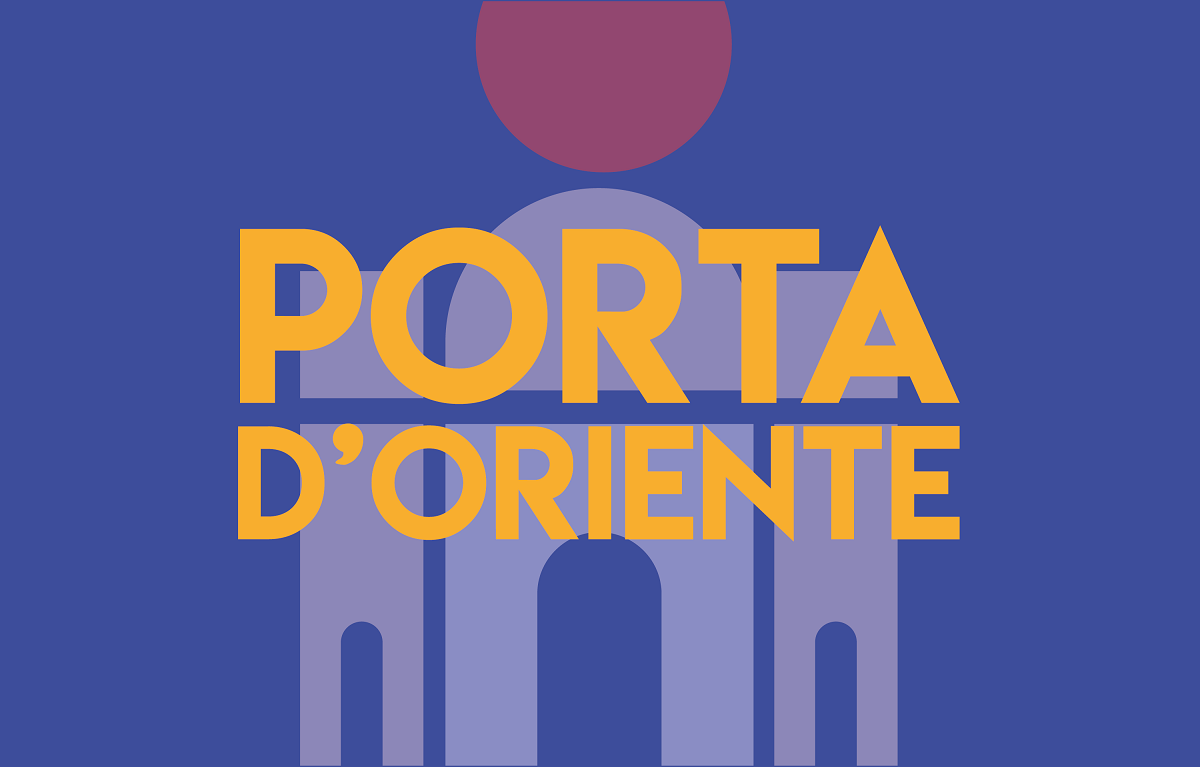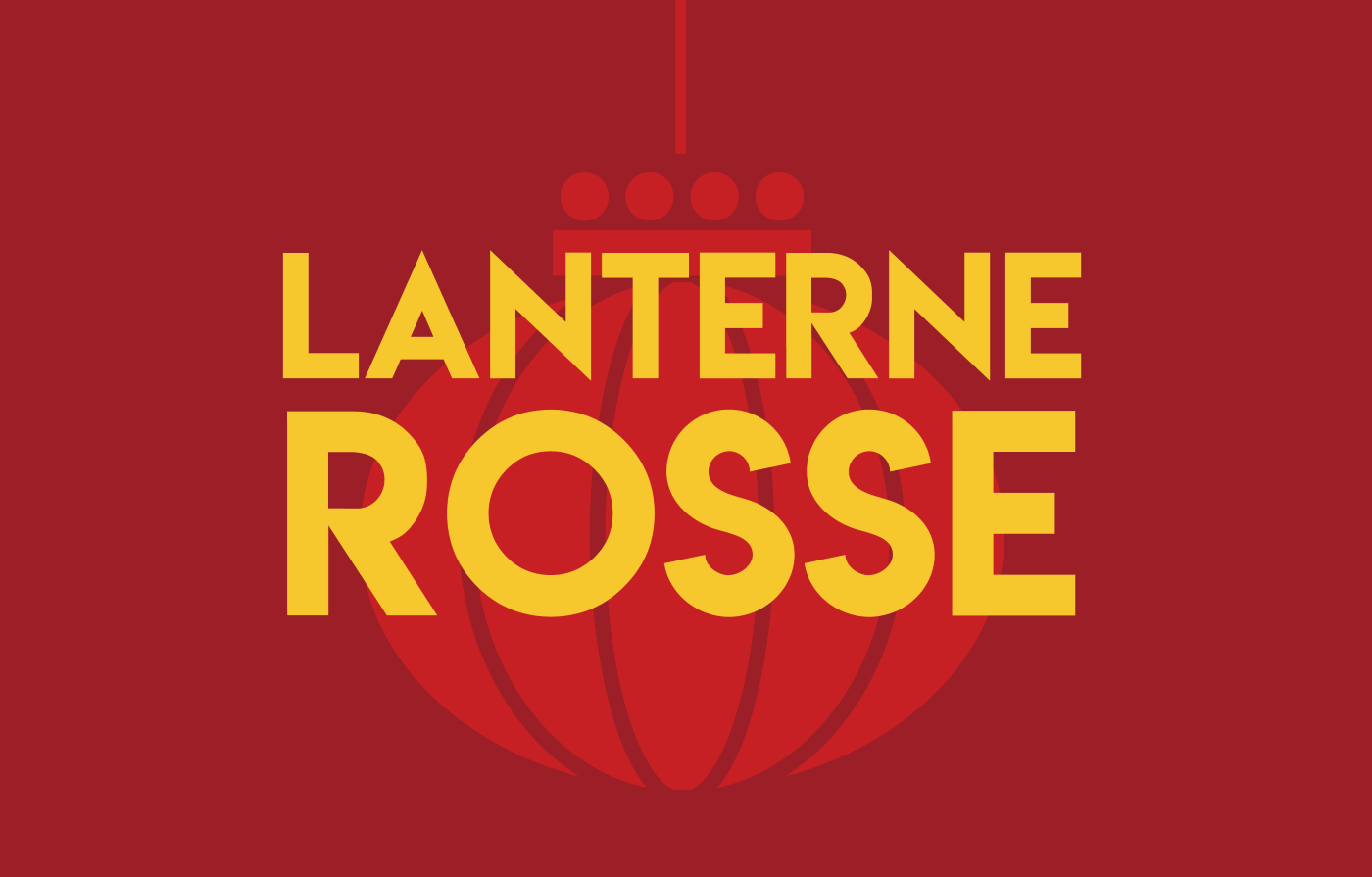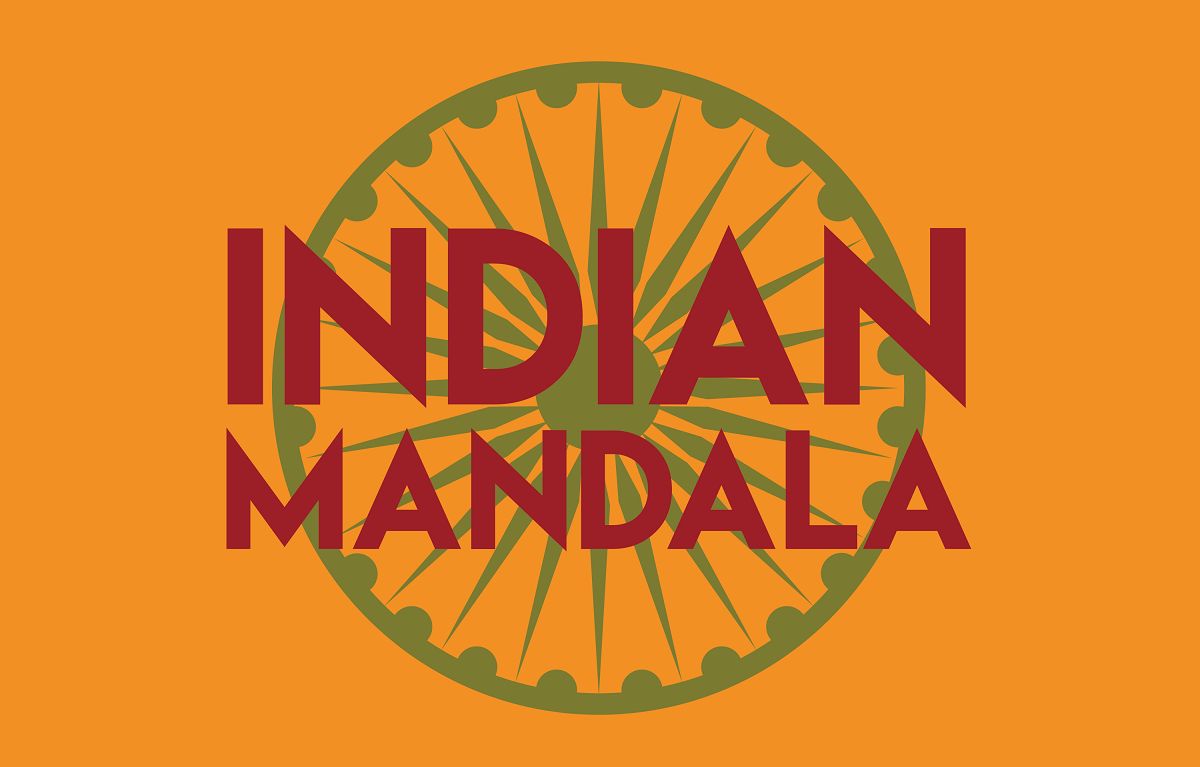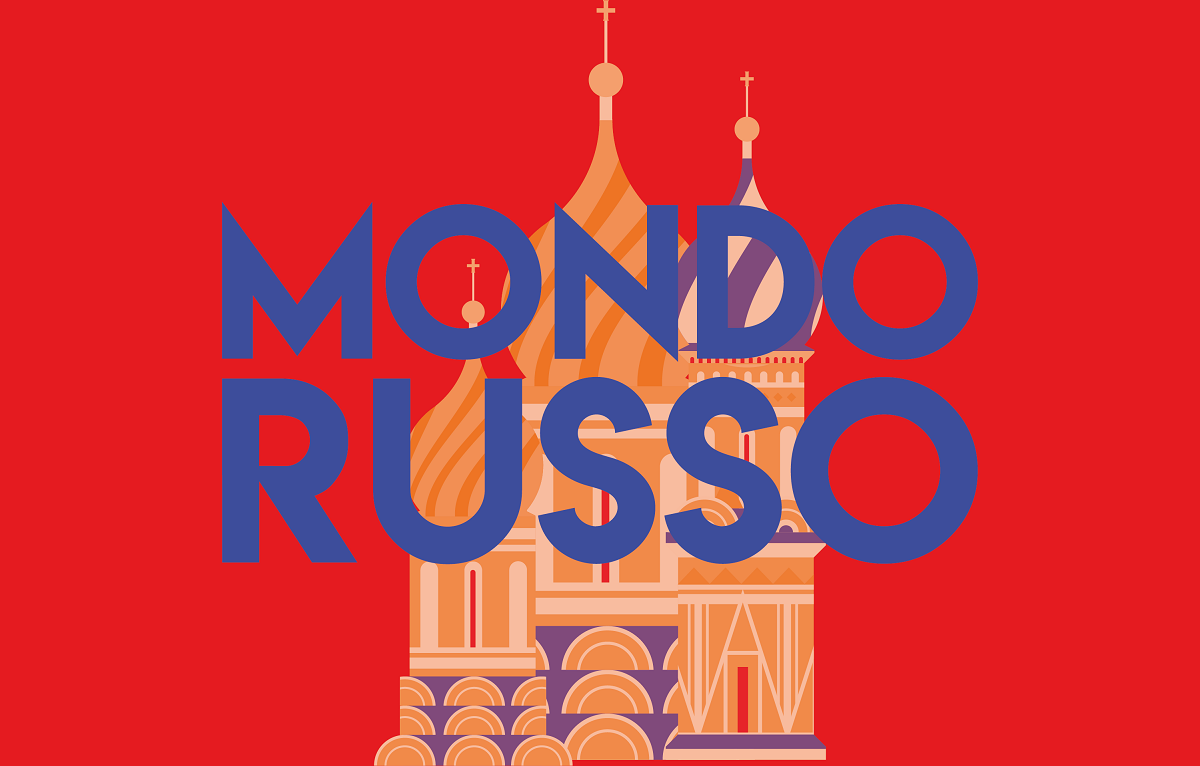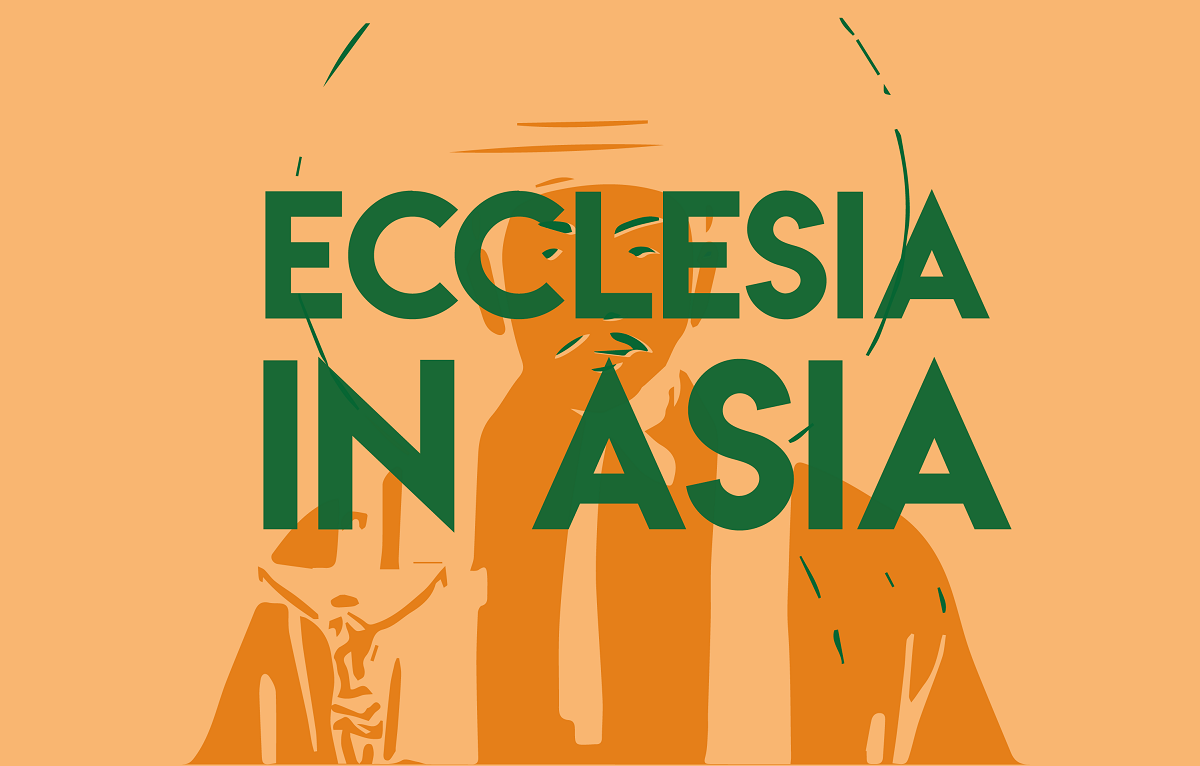Ho Chi Minh City: Vietnam as seen by migrants
On the day of the 50th anniversary of the end of the war in Saigon and the reunification of the country, the experience of the Scalabrinian missionaries who stand by the families arriving in the big city from the countryside.
Ho Chi Minh City (AsiaNews) - On April 30, 1975, exactly 50 years ago, the forces of the People's Army of North Vietnam and the Viet Cong entered Saigon (capital of South Vietnam), marking the end of a bloody war that saw the heavy involvement of the United States. The fall of Saigon, renamed Ho Chi Minh City in honour of the revolutionary and politician who led the country to independence in 1945 - or liberation from colonial domination, as Vietnamese historians describe it - marked the reunification of the country under the leadership of the Communist Party. Half a century after that historic event, numerous initiatives and commemorations are taking place in Vietnam with the aim of remembering that tragic period, paying tribute to the fallen, combatants and refugees, and exploring the lasting impacts of the conflict. We want to commemorate this anniversary today with a story from today's Ho Chi Minh City: that of a group of missionaries accompanying many families from rural areas who struggle to have a dignified life and send their children to school.
The suburbs of Ho Chi Minh City never seem to end. And never-ending are the swarms of mopeds whizzing everywhere, in a bubble of milky sky, impregnated with humidity and pollution. However, the further you move away from the centre of Vietnam's economic capital - which many still call by its colonial name of Saigon - the smaller it becomes: the streets narrow to become little more than alleys, and the skyscrapers give way to clustered, often tiny houses. The lives of entire families take place in a stuffy little room that serves as a home and shop, with a kind of loft for sleeping. You miss the air just by looking at them.
Between two of these houses, you can barely glimpse a small red gate and, further back, a door that opens onto a simple and essential, yet spacious room. In the humid heat of this city, it is a breath of fresh air. This is where the Scalabrinian lay missionaries live, on the outskirts of the outskirts of this metropolis of almost ten million inhabitants, where another five million are not registered at the registry office. They have come here from rural areas or from other regions of the country in search of work. But if they do not exist at the registry office, neither do they exist for the school and health system: therefore no school for the children and no possibility of care for the whole family.
It is precisely here that the Scalabrinian secular missionaries have decided to get involved, declining, in this very particular metropolitan and industrial context, their charisma of accompanying and caring for migrants. Which here in Vietnam are mainly internal.
‘Walking in diversity. This is our spirituality,' Bianca Maisano, a doctor, who lives here with two other missionaries: Marina Azzola, an Italian from Bergamo, and Marianne Buch, a German from Stuttgart, point out. It also means coming to terms with a reality that is totally different: in terms of culture, traditions, language, religion, customs, food included. A reality, moreover, in rapid transformation. ‘We came here in 2017 for an exploratory trip. Then in 2018 we decided to start our mission. For a few months, we were guests of the Scalabrinian missionaries who helped us get to know the city and the country'. Then they literally immersed themselves in the social fabric of a suburb where many inhabitants are in some way ‘foreigners’ like themselves, because they come from other parts of Vietnam. ‘In the beginning, we lived between two families who practically adopted us. We used to hang out as if we were relatives!’
Beyond the people's natural welcome, problems have not been slow to appear. All this suburbia, after all, tells of situations of poverty and precariousness, of people on the margins not only physically, of broken or dysfunctional families, of children left to their own devices... And of many, many young people in search of a better future. ‘They are the ones who particularly struck us,’ Bianca recalls, ‘the huge number of children and young people. It is one of the aspects that impresses us most coming from Europe'. Indeed, Vietnam - which recently exceeded one hundred million inhabitants - has an average age of 32.5 years (compared to 48.7 in Italy). This can be clearly perceived not only by visiting huge metropolises such as Ho Chi Minh City or the capital Hanoi. But also by looking at the data. They tell of an extremely dynamic and fast-growing nation, despite the mild crisis, both political and economic. ‘Vietnam lives on orders from other countries, especially in manufacturing and textiles,’ Bianca explains, ‘but when work declines, the industries lay off. Full stop. And people here in the city do not know how to survive. Many are forced to go back to the village, where at least there is no starvation, but for the children it often means not completing their studies'.
Unfortunately, in this suburb many do not even begin it. ‘Always because of the lack of documents,’ Bianca points out. ’If you are not registered at the registry office, you cannot go to public school. In a country where the literacy rate is very high (around 94 per cent), almost 15 per cent of the children of internal migrants do not go to school. But they are not the only ones who are disadvantaged. Like them, children and young people living in rural areas and those belonging to minorities in a nation where there are 54 different ethnic groups, often poorly integrated, also have difficulty gaining access to education.
To date, however, there is no alternative to state schools. Those of the Catholic Church - which is extremely dynamic and growing and accounts for about 9% of the population - were expropriated in 1975, as were hospitals and universities. Even today, educational activities cannot be run even if charity schools are somehow ‘tolerated’. This is what the Scalabrinians try to do very informally. Marina, in particular, looks after the ‘little school’ they have at home. ‘We keep a maximum of ten children, because they often have different ages and levels,’ explains the Scalabrinian, who also keeps contact with the families. The aim is to teach them to read and write so that they can one day enter public school. This morning, two of them did not come, so we went to the family's house to get news. We found no one. From one day to the next they were all gone’.
This happens a lot. Many adults have extremely unstable and precarious migration plans. Almost always both parents are forced to work, but in the factories of Ho Chi Minh City they are considered mere tools of the trade and when they are no longer needed they are left at home. Often the children are left to their own devices. ‘When we arrived here,' Bianca says, ’we saw many of them on the street selling lottery tickets or begging. That is why, as a first step, we took action to help them register at the registry office and go to school'.
One of the few alternatives to public education are the schools run by the Salesians in particular, which in Vietnam boast a presence of 360 priests and eight parishes in Saigon alone. In one of these, not far from the Scalabrinians' house, there are 340 students in primary school alone. The certificate they obtain is recognised by the state and they can therefore subsequently continue their studies in the public. That of the Salesians is also a school that welcomes and integrates many frailties: ‘We have several pupils with disabilities,’ explains the person in charge, Father Vu Dang Hoang Oanh Peter, ‘others who come from broken or very poor families, some are problematic, others still do not have papers. We welcome everyone here. We ask for a symbolic contribution, especially to raise awareness among families. We support ourselves thanks to the solidarity of many benefactors and voluntary work’.
Father Peter shows us two particularly lively little sisters: ‘They live only with their father. Their mother is in prison and their 15-year-old sister has just given birth’. Two other little ones also have their mum in prison and their dad leaves them at school at 6am to go to work. Other parents do the same. ‘Here we open the gates early to meet the needs of the families and not to leave these children on the street. We give them breakfast and lunch, at least they get decent food’.
‘Their stories are like lenses that make us see this reality,’ Bianca comments. And sometimes they are also success stories: ‘We have seen many children change in an impressive way and look to the future with a different perspective’. A perspective full of hope like the one experienced by some young Catholics who attend the Scalabrini house: ‘Our doors are always open. We try to foster these meetings with young Catholics but not only, to share with them dreams, hopes, commitments and challenges. Mutually broadening our horizons'.
11/08/2017 20:05





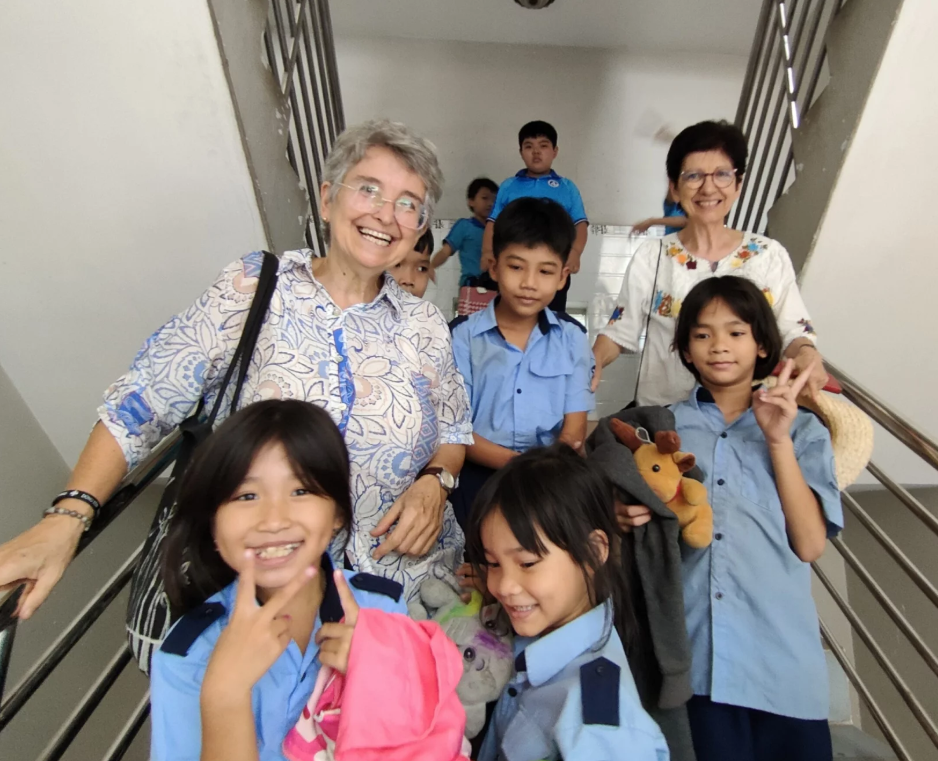

.png)
